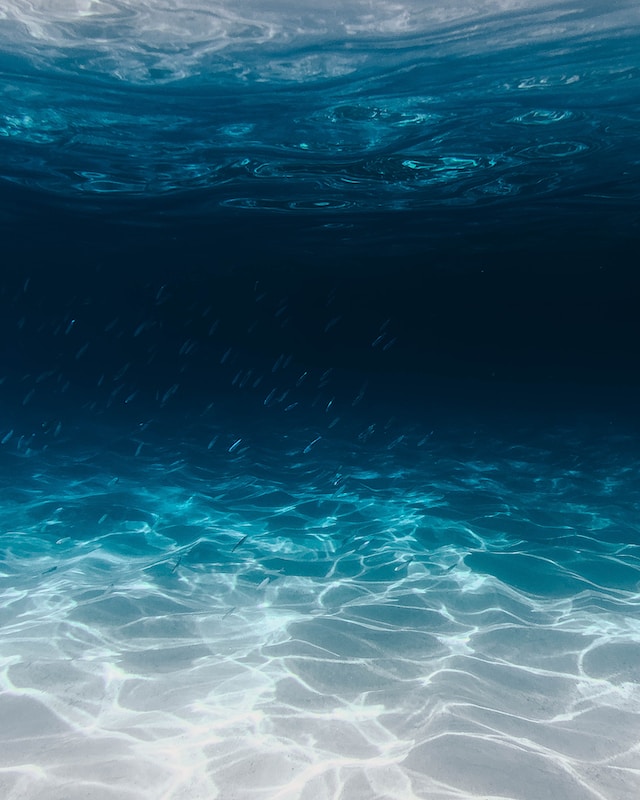Introduction:
As deep-sea mining ventures delve into the depths of the ocean floor in search of valuable minerals, they have stumbled upon a remarkable revelation— the discovery of new species previously unknown to science. In this article, we delve into the fascinating world of deep-sea mining zones and the unexpected biodiversity they have unveiled, shedding light on the wonders that lie beneath the ocean’s surface.
I. Exploring the Abyss: Deep-Sea Mining Zones:
Deep-sea mining operations have gained traction as companies seek to extract valuable resources from the ocean floor. These zones, characterized by their extreme conditions of darkness, high pressure, and mineral-rich sediments, have become inadvertent hotspots for biodiversity discoveries.
II. Unveiling Nature’s Secrets:
As mining activities disrupt the ocean floor, they expose previously hidden ecosystems, leading to the surprising discovery of new species.
a) A Tapestry of Biodiversity:
Deep-sea mining zones have unveiled a tapestry of life, harboring an array of unique and elusive species. These include vibrant corals, bioluminescent organisms, bizarre-looking fish, and intriguing invertebrates, each adapted to the challenging conditions of their deep-sea habitat.
b) Extreme Adaptations:
The newly discovered species have evolved remarkable adaptations to thrive in the depths. Some possess bioluminescent organs, allowing them to emit light in the darkness, while others exhibit unusual body shapes or appendages suited for navigating their habitat. These adaptations provide insights into the incredible diversity of life and the resilience of organisms in extreme environments.
III. Scientific Significance:
The discovery of new species in deep-sea mining zones holds significant scientific value, offering unique opportunities for research and expanding our understanding of life on Earth.
a) Advancing Taxonomy and Evolutionary Studies:
Each newly discovered species adds to our knowledge of biodiversity and contributes to the field of taxonomy. By studying their characteristics and genetic makeup, scientists can gain insights into the evolutionary processes that have shaped life in the deep sea.
b) Unraveling Ecosystem Dynamics:
Deep-sea ecosystems are intricate webs of interactions, with species depending on each other for survival. The newfound species provide a window into the complex ecological dynamics of these ecosystems, shedding light on food chains, symbiotic relationships, and the flow of energy in the deep-sea realm.
IV. Environmental Considerations:
While the scientific community celebrates these discoveries, the environmental impact of deep-sea mining activities cannot be ignored.
a) Habitat Disturbance:
Mining operations can lead to habitat destruction and loss of crucial ecosystems. The disruption of deep-sea environments raises concerns about the potential long-term consequences for these fragile and interconnected systems.
b) Balancing Exploration and Conservation:
It is imperative to strike a balance between scientific exploration and environmental conservation. Stricter regulations, comprehensive environmental impact assessments, and the establishment of protected areas can help safeguard deep-sea ecosystems while allowing for responsible scientific exploration.
V. Future Prospects:
The unexpected discoveries in deep-sea mining zones underscore the importance of continued research and conservation efforts.
a) Enhanced Exploration Technologies:
Advancements in exploration technologies, such as remotely operated vehicles and autonomous underwater vehicles, enable scientists to delve deeper into the abyss and uncover more hidden treasures.
b) International Collaboration:
International cooperation and knowledge-sharing among scientists, researchers, and policymakers are vital for protecting deep-sea ecosystems, mitigating the environmental impact of mining operations, and ensuring the sustainable management of these valuable resources.
VI. Conclusion:
The surprising discovery of new species in deep-sea mining zones reminds us of the remarkable diversity and resilience of life on Earth. As we explore the depths of the ocean, we must balance our quest for knowledge with the responsibility to protect and
conserve these delicate ecosystems. By doing so, we can embrace the awe-inspiring wonders of the deep sea while safeguarding them for future generations.











